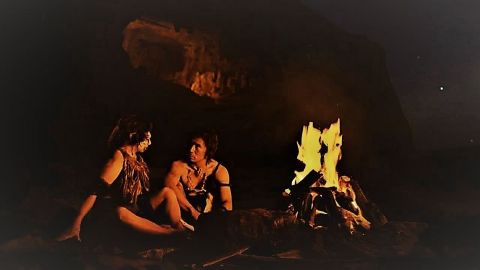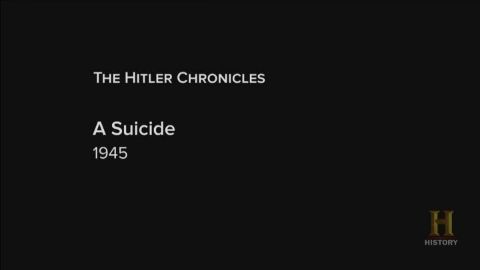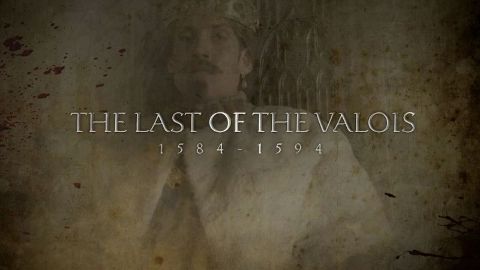Part 1 • 2018 • episode "S1E1" • Neanderthals: Meet Your Ancestors
This first programme in a two-part series investigates what Neanderthals looked like and how they lived in their Ice Age world. It turns out that almost everything we thought we knew about them is wrong. They weren't hunched, grunting, knuckle-dragging ape-men at all. In reality they were faster, smarter, better looking - and much more like us than we ever thought. Our guide is Ella Al-Shamahi, a young, British, rising star in Neanderthal research, with an unusual side-line as a stand-up comic She enlists the skills of Andy Serkis, the global movie star and master of performance capture, best known as Gollum in the Lord of the Rings and Caesar in Planet of the Apes
Make a donation
Buy a brother a hot coffee? Or a cold beer?
Hope you're finding these documentaries fascinating and eye-opening. It's just me, working hard behind the scenes to bring you this enriching content.
Running and maintaining a website like this takes time and resources. That's why I'm reaching out to you. If you appreciate what I do and would like to support my efforts, would you consider "buying me a coffee"?
Donation addresses
BTC: bc1q8ldskxh4x9qnddhcrgcun8rtvddeldm2a07r2v
ETH: 0x5CCAAA1afc5c5D814129d99277dDb5A979672116
With your donation through , you can show your appreciation and help me keep this project going. Every contribution, no matter how small, makes a significant impact. It goes directly towards covering server costs.







